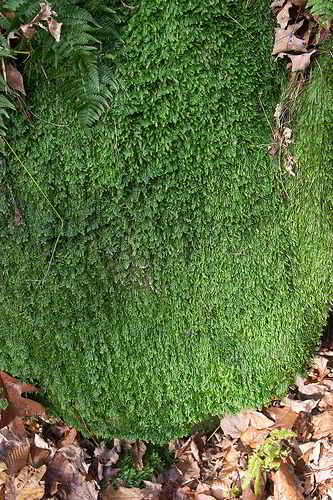|
==============================================================================
TOPIC: Bear Tree
http://groups.google.com/group/entstrees/t/61a3691c45c16af0?hl=en
==============================================================================
== 1 of 2 ==
Date: Sat, Nov 15 2008 7:38 am
From: dbhguru@comcast.net
ENTS,
Yesterday I spent part of the day in MTSF walking around with a DCR
employee showing him different sites of historical, cultural, or
ecological value; groves of stately trees; discussing the statistics
of individual trees; and discussing with him what we in FMTSF and
ENTS have learned about sites, groves, and individual trees in MTSF.
The walk and talk was a gratifying experience for me because
although we get sufficient respect from DCR for the work we do, I'm
not always sure that what we're learning about the sites, groves,
and individual trees in terms of the values they incorporate gets
sufficiently absorbed by the local DCR employees who may be asked
questions by the public and feel embarrassed when they don't have
the answers. To help close this information gap FMTSF will soon
rejuvenate a project to develop a series of trail guides for MTSF.
It has been an onn again off again project, mostly off. Hopefully,
we'll follow through this time. However, it will be up to DCR
to get the brochures reproduced.,We'll do all the design and
interpretive work and turn the result over to them. The brochures
will be limited to sights along the trail network. There is a need
to protect the off trail sites from too much visitation.
One stop we made on yesterdaay's excursion was at the site of the
Bear Tree in the Algonquin Grove. The Bear Tree is the single
largest tree in the Algonquin Grove. Its dimensions as of
yesterday's measurements are:
Girth: 11.0 feet at 4.5 feet above midslope position
Height: 153.5 feet
Looking at the rate of taper on this tree, I believe that F = 0.38
is sufficiently accurate to capture the taper and be used in volume
estimates. Using this F value, the estimated trunk volume is 562
cubic feet, slightly less than the Jake Swamp Tree in the Trees of
Peace.
In July 2002, the Bear Tree's circumference was measured at 10.4
feet. Its height then was around 151 feet. Using these early
measurements in combination with the current ones, I believe the
Bear Tree is putting on wood at the whopping rate of 11 cubic feet
per season. This seems like a lot, but I'll soon present more data
in the FMTSF annual report to DCR that confirms growth rates in this
range of other white pines in MTSF. In general, growth rates of the
dominant Mohawk pines appears to be in the range of 6 to 12 cubic
feet per year.
I do not believe that the above stated rate of increase among pines
in the age range of the ones in MTSF is understood to be happening
by silviculturists. I could be mistaken about that, but it has been
my impression that they believe that the great whites slow down
considerably after about 120 years of growth. That is not proving to
be the case with the Mohawk pines as well as other stands of pines
that I have been monitoring. Are we seeing a bonafide manifestation
of climate change?
On a slightly different tack, Andrew and Taylor selected a very
worthy tree with which to commune during the recent ENTS rendezvous.
I envy them their experience. BTW, the Bear Tree is so named because
of a large male black bear that once used the tree as a territorial
marker. It was a large animal, maybe 400 pounds. I like to think
that a bit of the bear's spirit lingers there in the vicinity of the
big tree and that the secluded nature of the place where the pine
grows contributes to the remaining imprint. Just so mid-morning
ramblings
Bob
== 2 of 2 ==
Date: Sat, Nov 15 2008 9:35 am
From: Andrew Joslin
Indeed. My impression from being in the tree was that it was the
tallest and heaviest by volume in the immediate area. The Bear Tree
seems to be in an optimal growing location by its proximity to the
nearby steep slope. The groundwater is practically gushing out at
the
base of the slope, and the surrounding ridge is blocking prevailing
winds to further encourage height. Like many older white pines The
Bear Tree has locations in the upper crown where the top was broken
in years past and a new leader took over. The result is side limbs
of
impressive girth which only increases the character and quality of
the tree. I hope a bear returns to reclaim it as a preferred
scratching post.

The attached photo is a beard of moss hanging off a boulder at the
base of the nearby slope, it's loaded with water like a kitchen mop.
-AJ
|